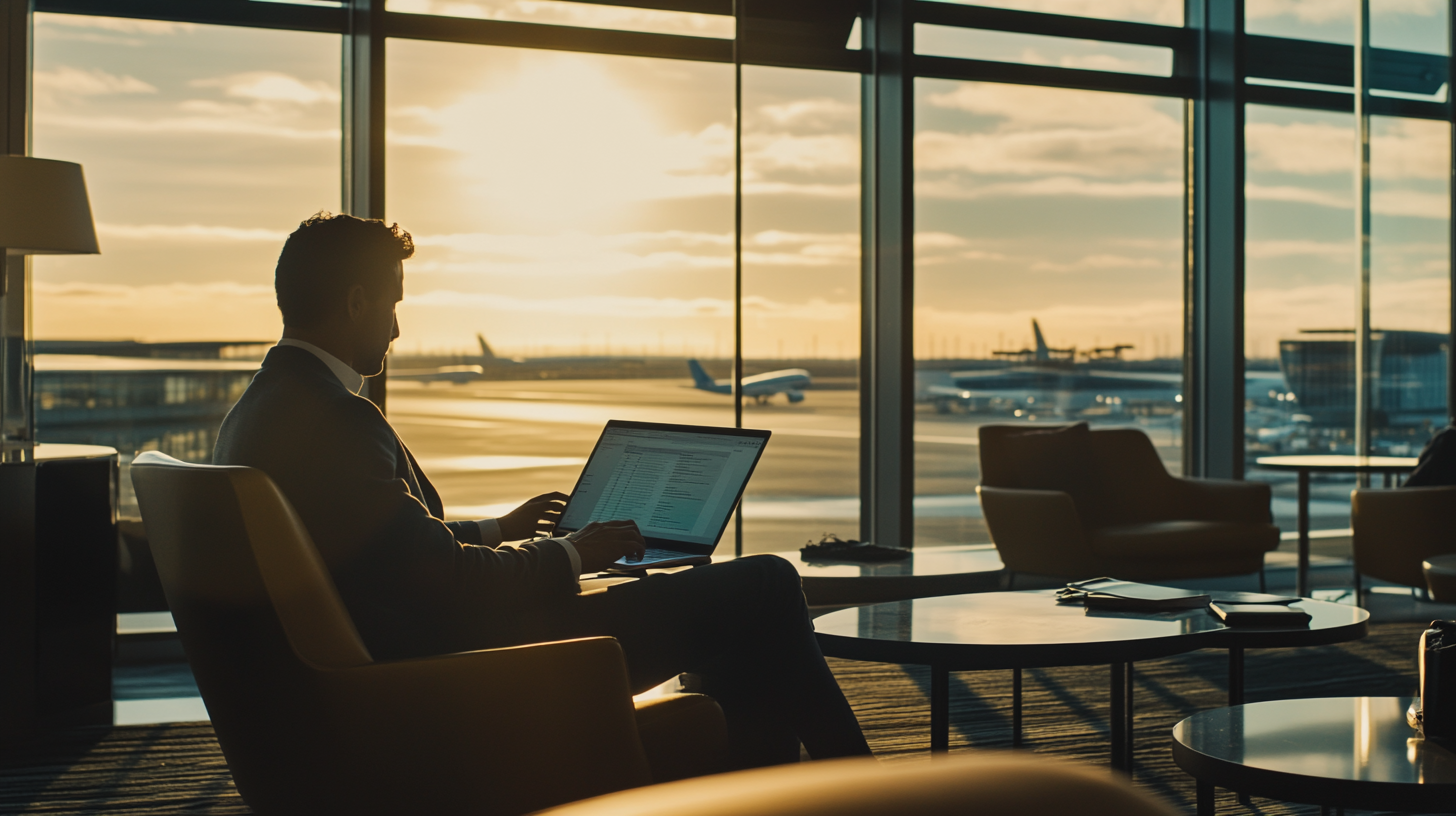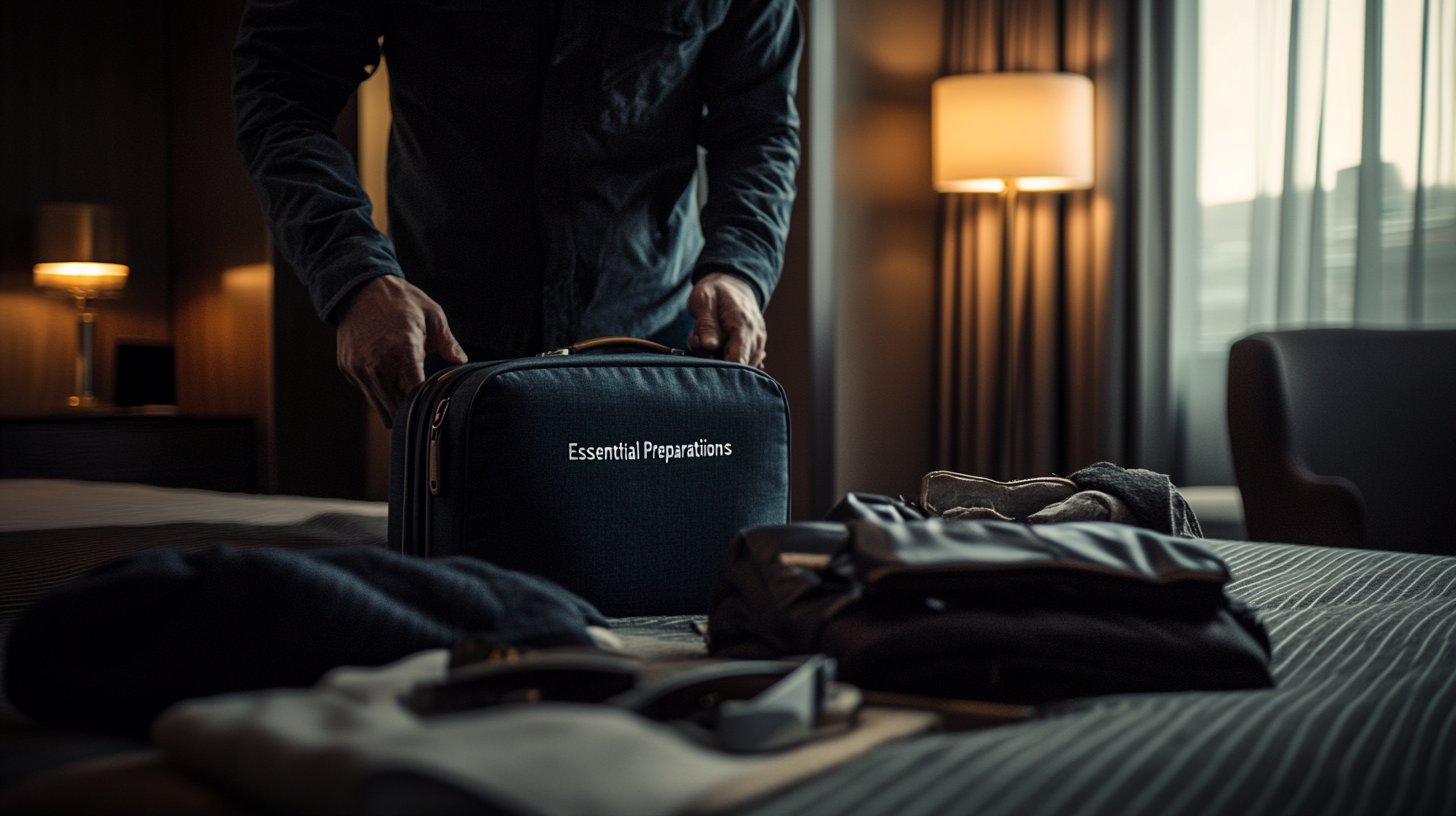Transient Business Travel: The On-the-Go Guide for Frequent Flyers
What Is Transient Business Travel?

I like to think of transient business travel as those short bursts of activity where travelers zoom in for a meeting, conference, or a quick project check-in, then zoom right back out. Even though I’ve never physically boarded a plane, I’ve immersed myself in accounts from frequent flyers who say these trips can feel like a whirlwind from start to finish. According to recent data from the Global Business Travel Association (GBTA), these transient trips are on the rise again, especially now that businesses are returning to more face-to-face connections.
In my experience compiling travel insights, every second counts for these on-the-go professionals. They’re always searching for hotels near major airports or business hubs, often booking at the last minute. Because time is precious, the focus is on quick booking tools, flexible cancellation policies, and seamless connectivity—reliable Wi-Fi is nonnegotiable. Ultimately, the goal is to minimize any friction standing between the traveler and their business objectives.
Booking and Accommodation Strategies

From what I’ve seen, many hotels understand this need for speed, which is why they reserve blocks of rooms on popular online travel agencies (OTAs). Before the pandemic, these transient bookings made up a significant portion of travel revenue. Now, hoteliers are doubling down on safety measures, offering virtual room tours, and emphasizing digital marketing to catch the eye of time-pressed business guests. Anecdotally, frequent flyers tell me they appreciate hotels that focus on airtight health protocols and fast check-in experiences.
For hotels, promoting flexible stay options can fill otherwise empty rooms without requiring the extra overhead that comes with hosting major events. In 2024, a study by Market Intelligence Solutions found that hotels offering adjustable arrival and departure times saw a 15% increase in short-notice reservations. That means more profit for venues, along with benefits like loyalty points and hassle-free check-in perks for travelers who value speed and convenience above all else.
Essential Preparations

Many transient business travelers receive per diem allowances or reimbursements, which cover lodging, transport, and meals. I’ve observed from various corporate policies that navigating these reimbursements can be tricky if travelers don’t keep thorough receipts or rely on platforms that automate expense tracking. Throw in a tight schedule, and the last thing anyone needs is confusion over how the hotel or taxi fare will be reimbursed.
Even these short hops can cross international borders, and I’ve read multiple cases of travelers getting snagged by visa requirements or changed regulations at the eleventh hour. Stay up to date on documentation, check local COVID-19 guidelines, and also watch for last-minute policy shifts. These steps aren’t just administrative red tape; in my view, they’re part of the traveler’s toolkit to ensure seamless movement across different territories.
Group vs. Transient: The Hotel Dilemma

One fascinating debate I’ve followed among hoteliers is whether to prioritize group bookings or transient guests. Group bookings promise consistent revenue by blocking out multiple rooms for a single event, but I often hear from analysts that transient business travelers can offer higher nightly rates and additional income from meals or room upgrades. In a 2025 benchmarking report by Hospitality Forward, 47% of hotels reported actively trying to combine the best of both worlds—book large groups while leaving room for individuals seeking last-minute higher rates.
Displacement analysis, which weighs the pros and cons of each booking type, has become more noticeable in the strategies I’ve studied. Hoteliers calculate anticipated income from group sales, comparing it to the potential boost from transient bookings. By doing so, they stay agile—able to pivot if a major event is canceled or to accept a wave of last-minute arrivals who might be willing to splurge on premium services.
Automation for Efficiency

Transient business travel can be expensive for companies, soaking up as much as four percent of annual revenue according to the GBTA—a cost I see many finance teams trying to minimize. Automation is the go-to solution: corporate travel management portals now handle everything from RFP responses to rate benchmarking. Tools like Cvent Travel make it easier to gauge competitive rates, track regulatory compliance, and share important updates. For busy travelers, these systems reduce the headache of chasing approvals or missing crucial itinerary changes.
I’ve also noticed that advanced platforms integrate with global distribution systems (GDS), letting travelers make last-minute tweaks without messing up expense reports or flight check-ins. This is particularly big for Fortune 500 firms, which often juggle multiple departments and hundreds of traveling employees at once. Having a single centralized hub for all travel data goes a long way in boosting transparency and cutting down on endless email threads.
The Bottom Line

Transient business travel hinges on speed, adaptability, and cost discipline. By leveraging automated tools, offering strategic hotel packages, and ensuring travelers are prepped with the right documentation, organizations can keep travel costs in check while still supporting vital face-to-face meetings. At the same time, hotels benefit from a steady stream of profit with limited overhead—helping both sides thrive in a rapidly changing travel landscape.
Final Thoughts

I’ve observed that transient travel remains one of the most fast-paced segments of the industry, fueled by tight deadlines and ever-evolving business goals. As companies embrace remote work, in-person discussions still hold their value—partly because some deals and partnerships are best forged face-to-face.
From my perspective, the more flexible corporate policies and hotel strategies become, the more smoothly these quick trips will run. With the help of advanced travel management platforms and safety-first accommodations, frequent flyers can maximize their efficiency while staying connected to their core business objectives. That’s a win for everyone involved.
Vanessa Bloome’s Take
In soaking up countless travel stories, I’ve learned that it’s not the length of a trip but how effectively you can utilize each moment that makes or breaks a transient journey. Speed and strategy go hand in hand, and even the most seasoned traveler can benefit from streamlined solutions.
Even though I experience these adventures vicariously, I truly admire those who balance hectic schedules with personal well-being. Sometimes the difference lies in small details—an expedited check-in, a helpful hotel concierge, or automated tracking tools that replace the stress of filing expense reports by hand.
milesBUZZ is your next stop for more insightful travel updates.







